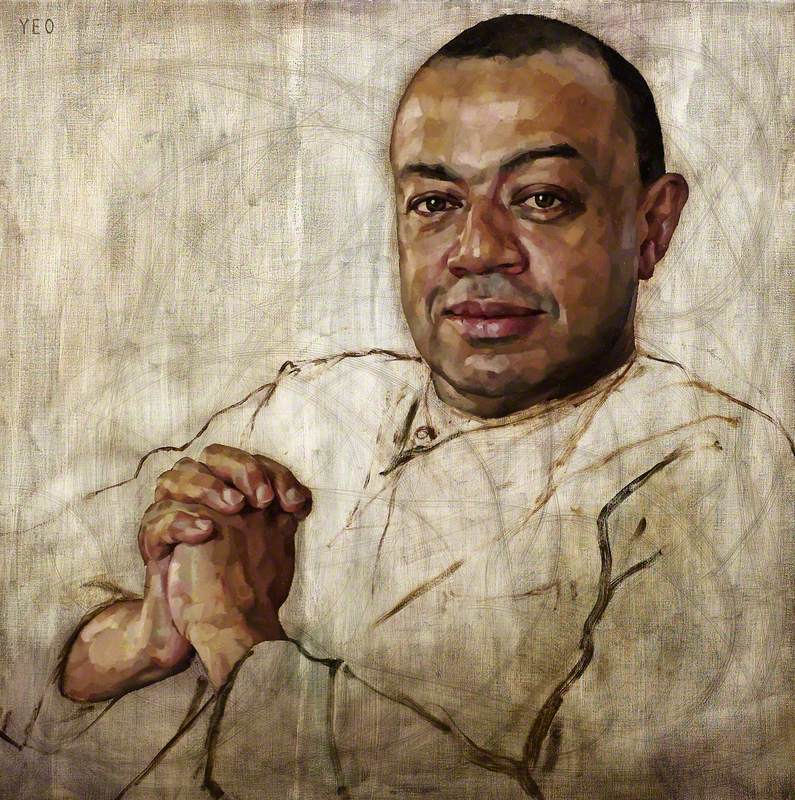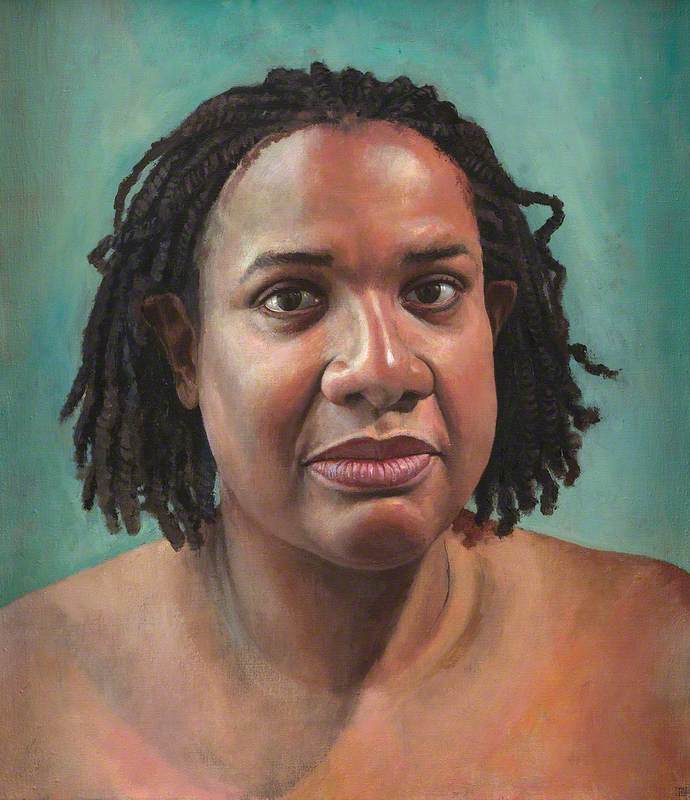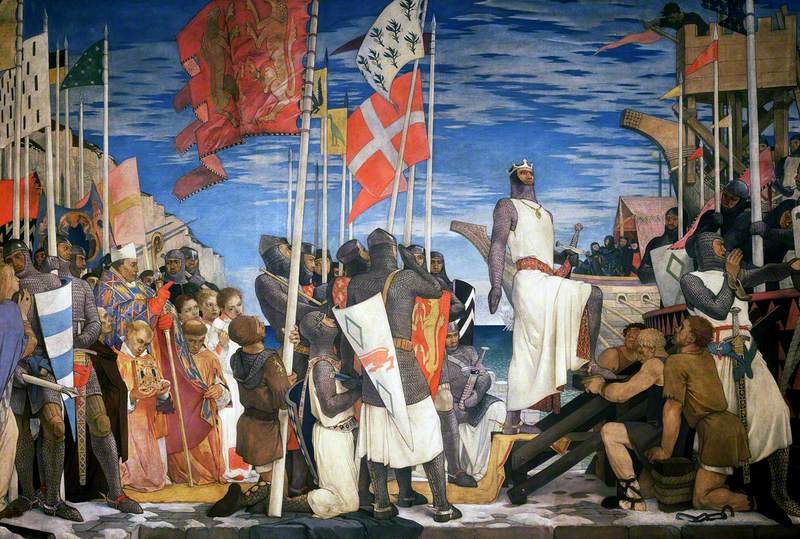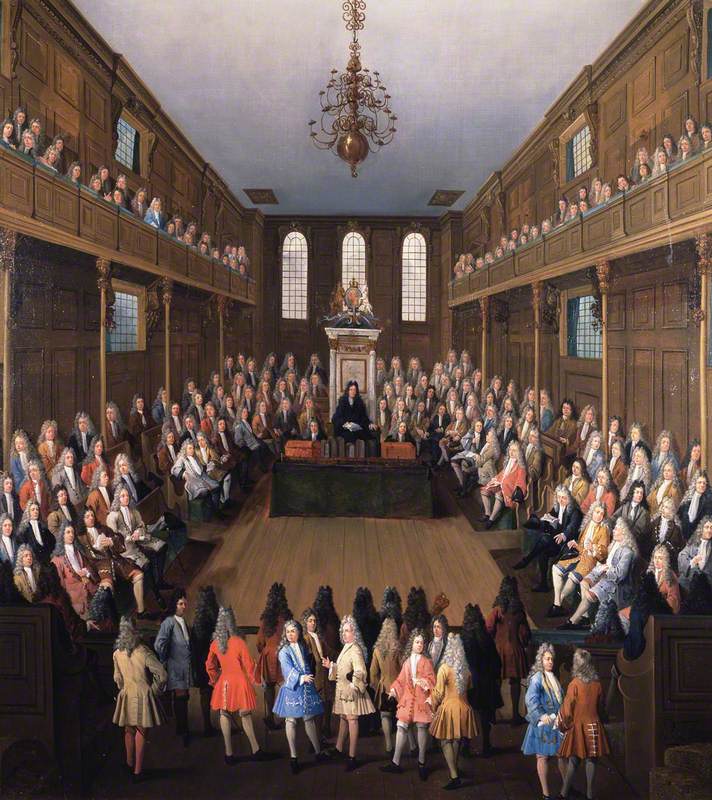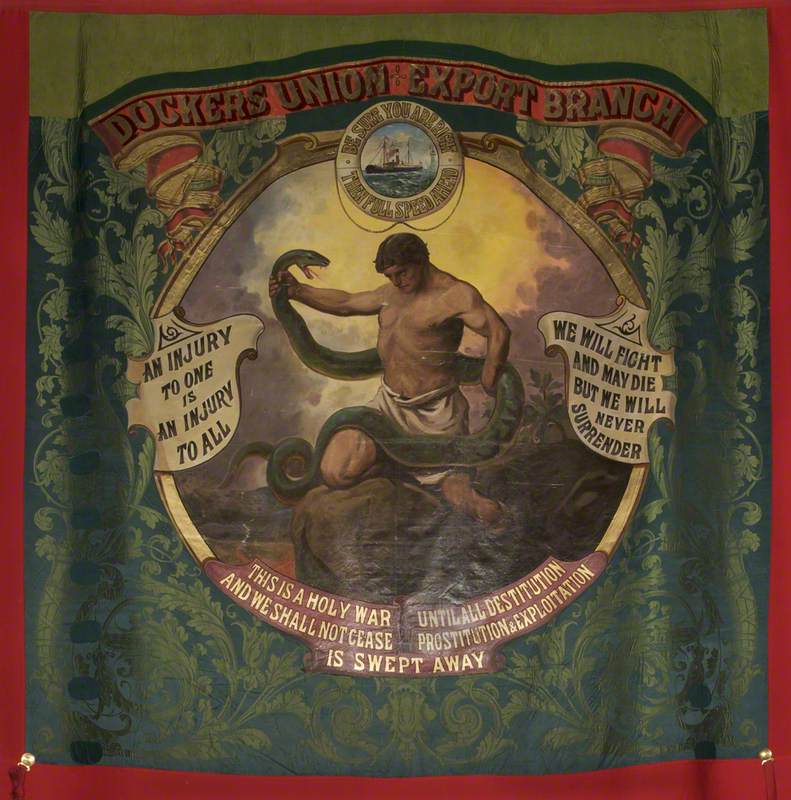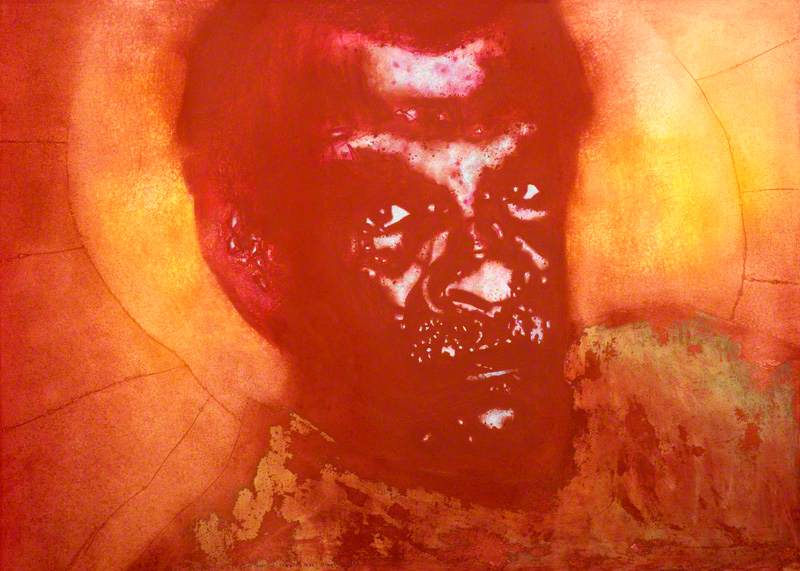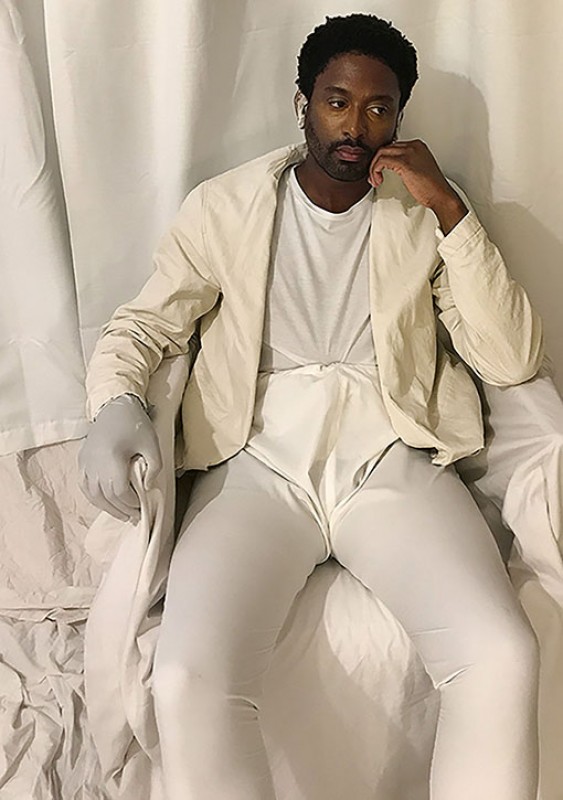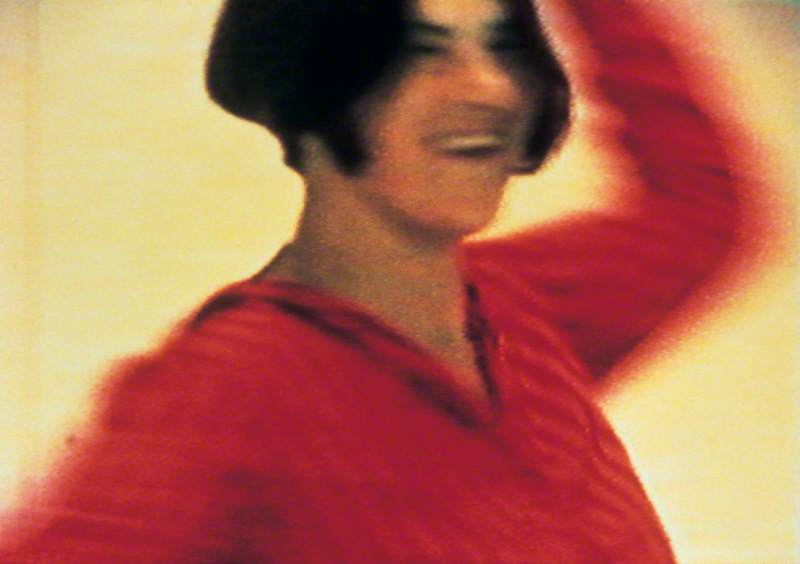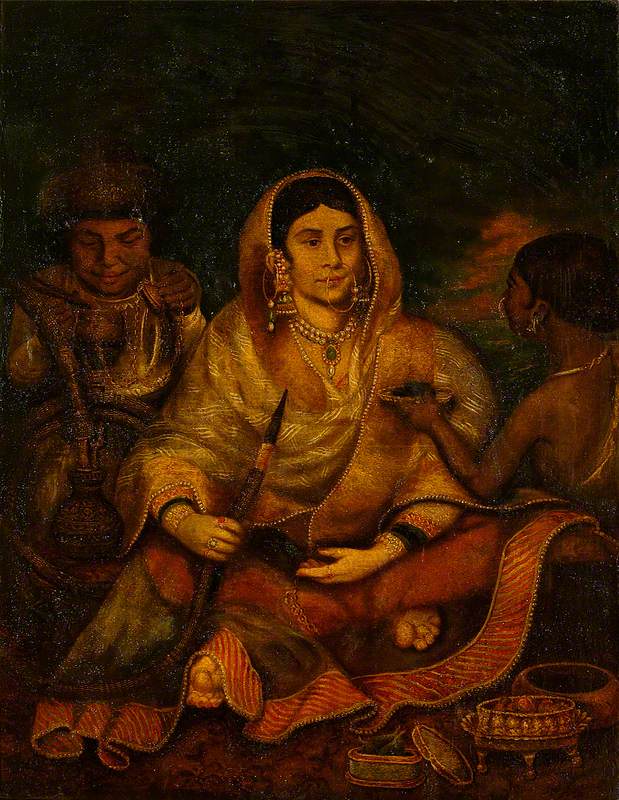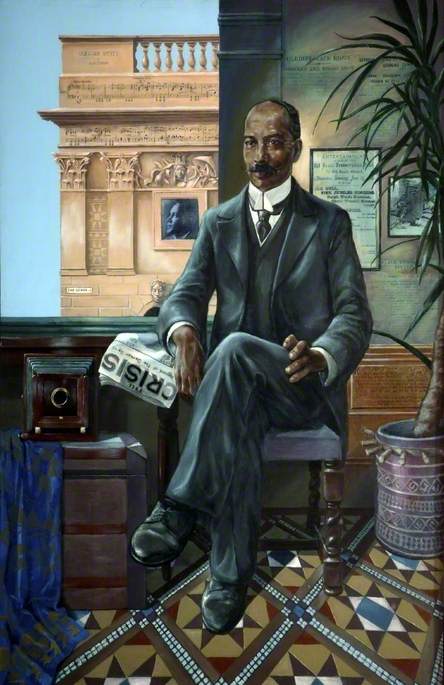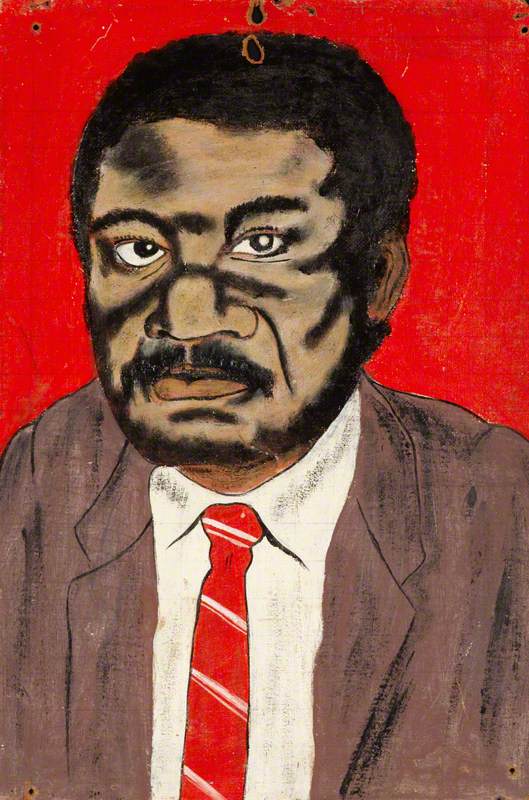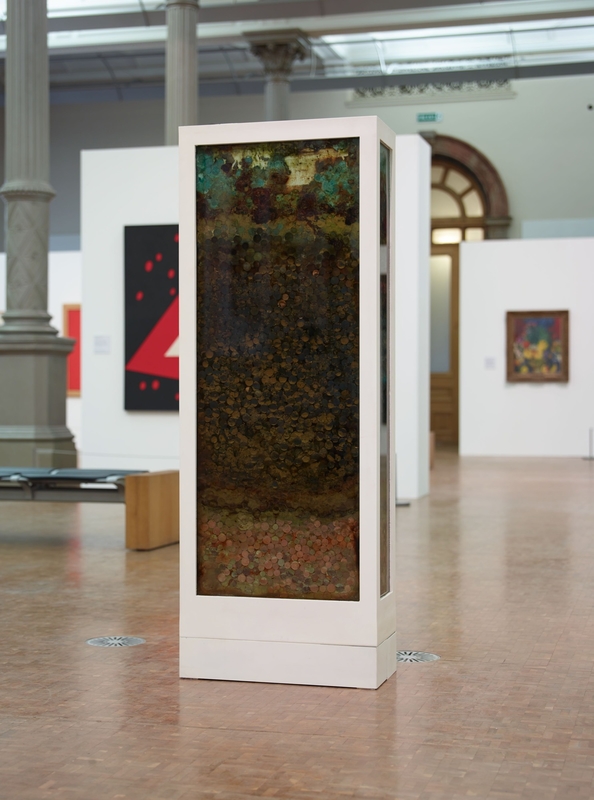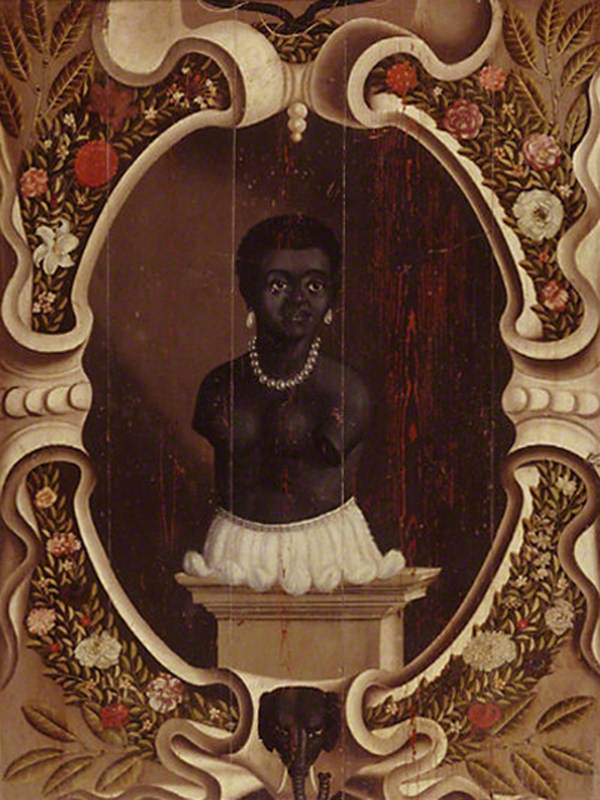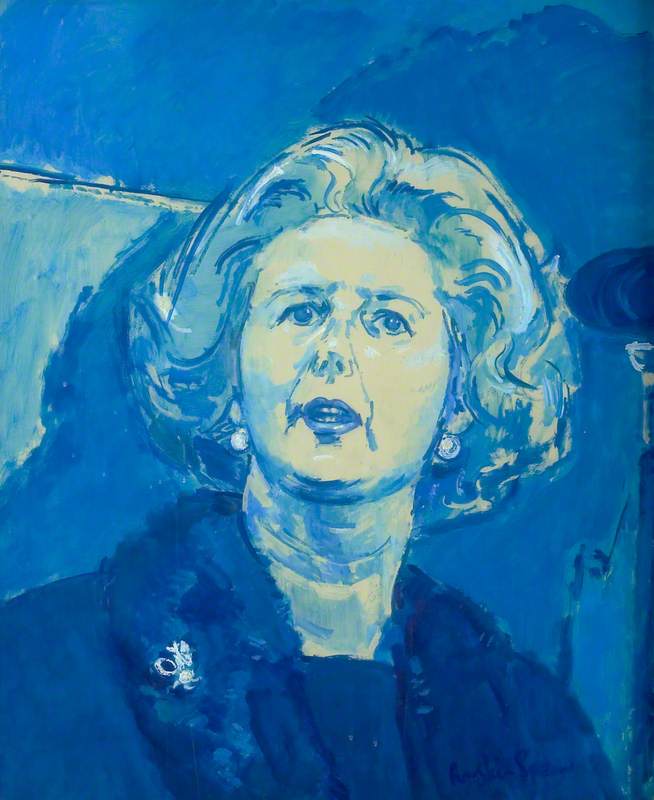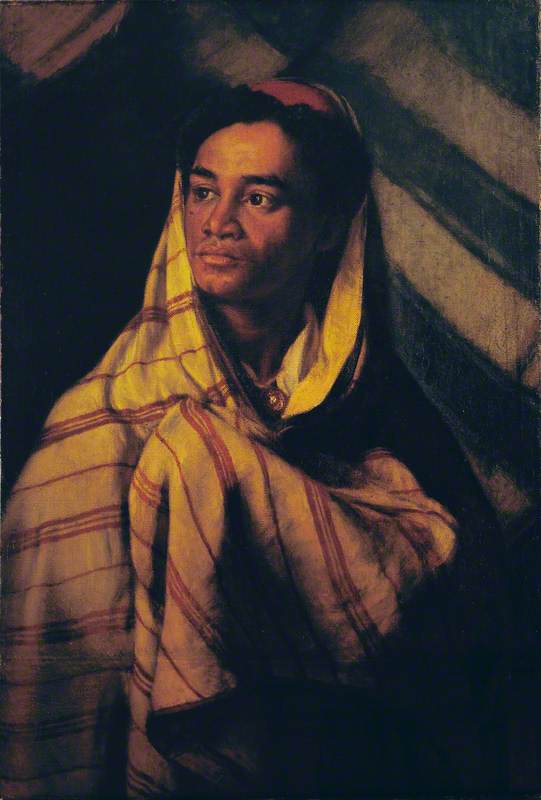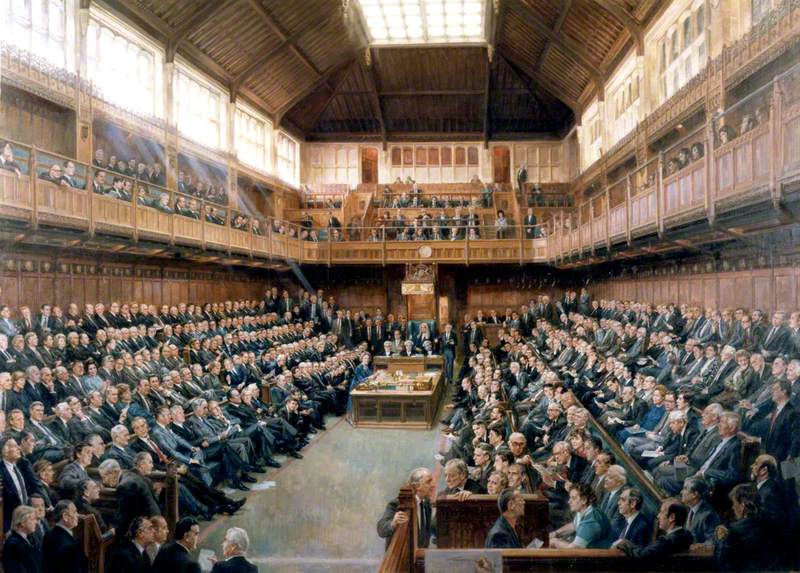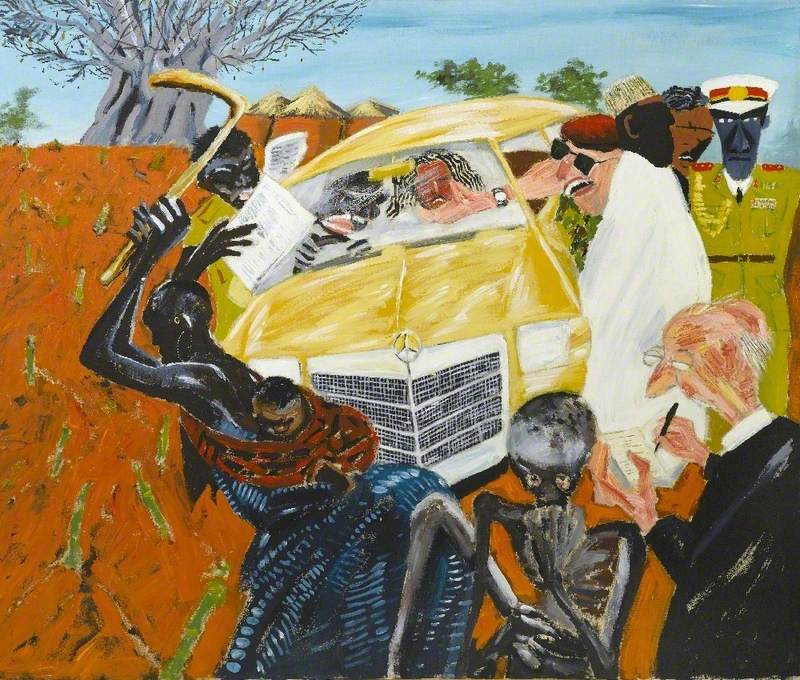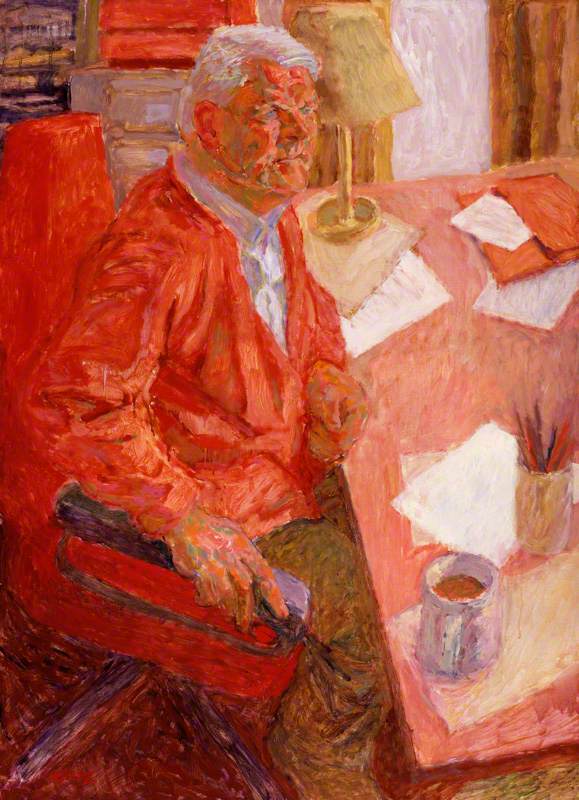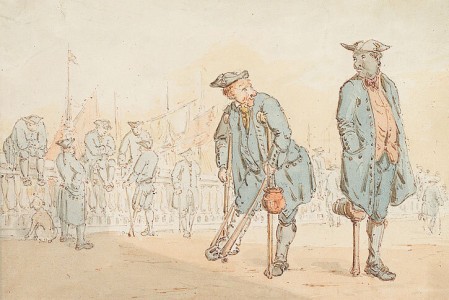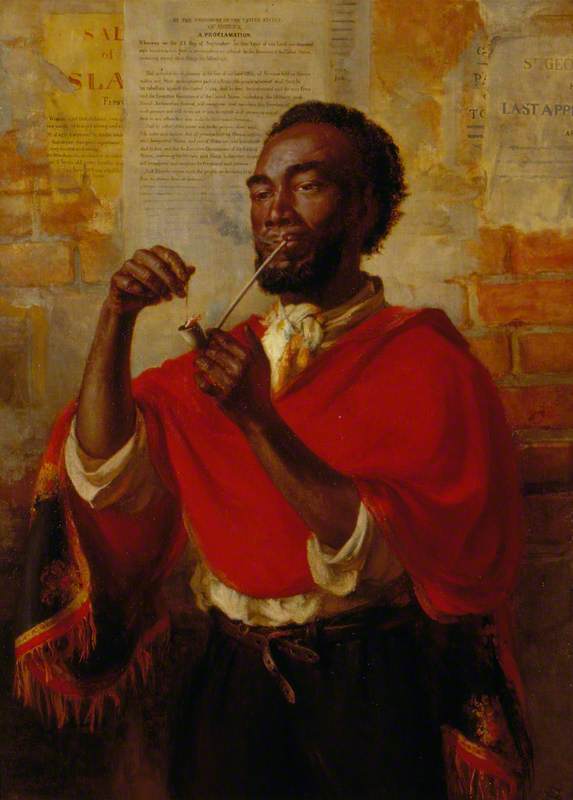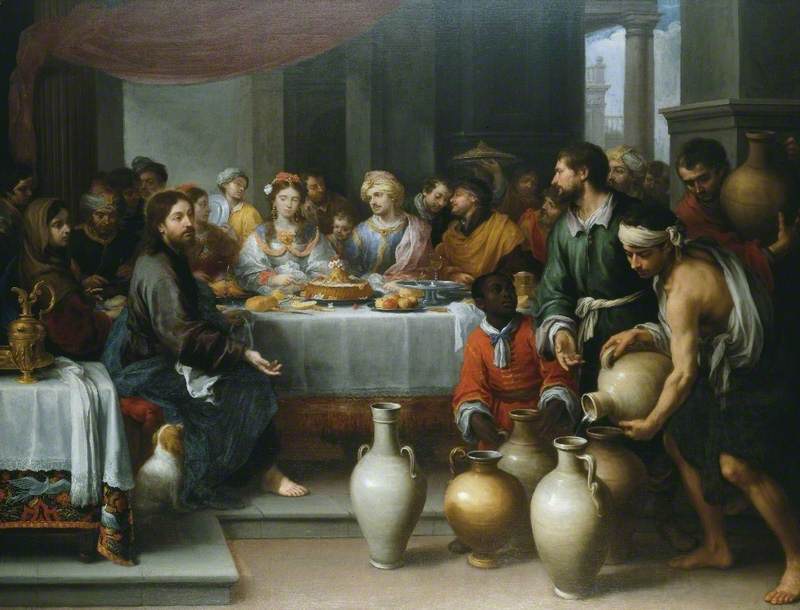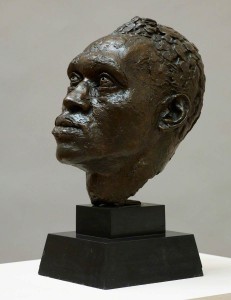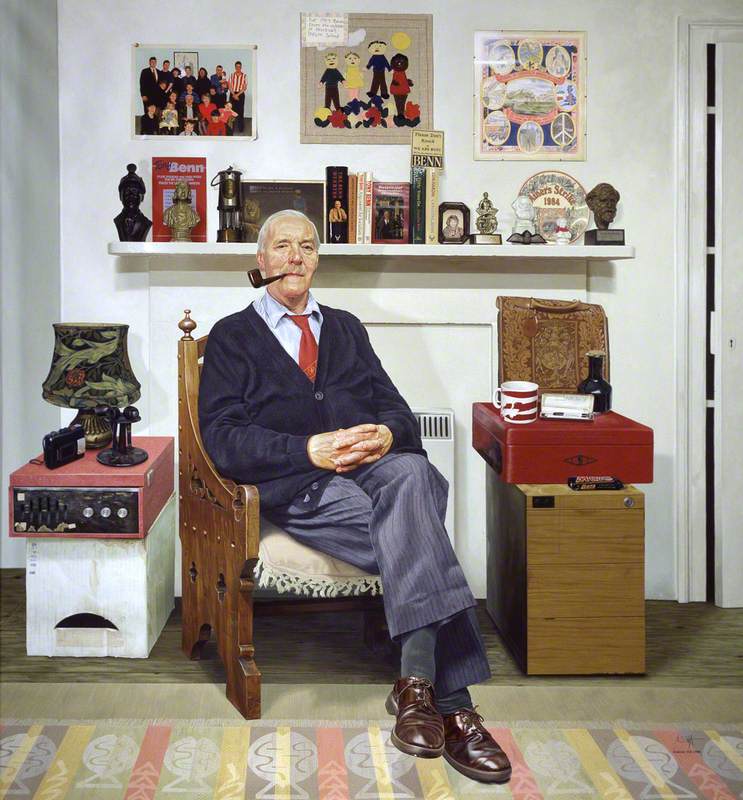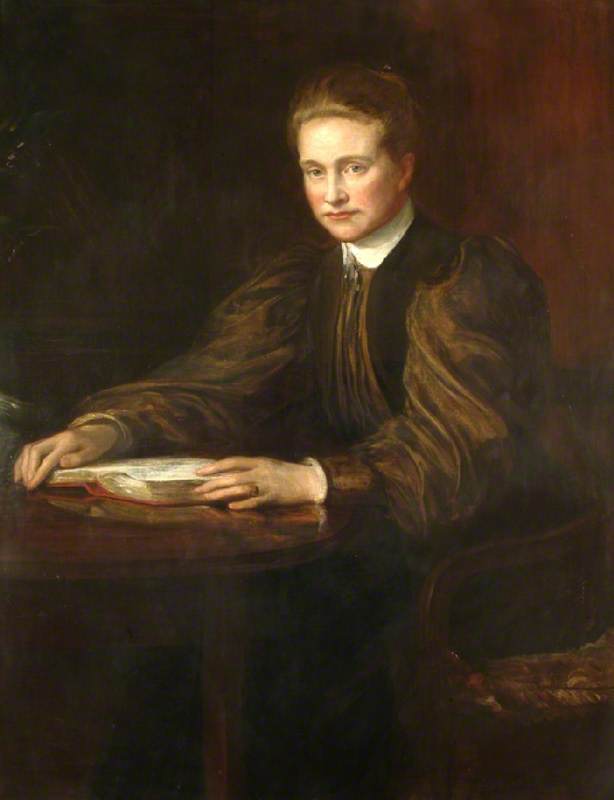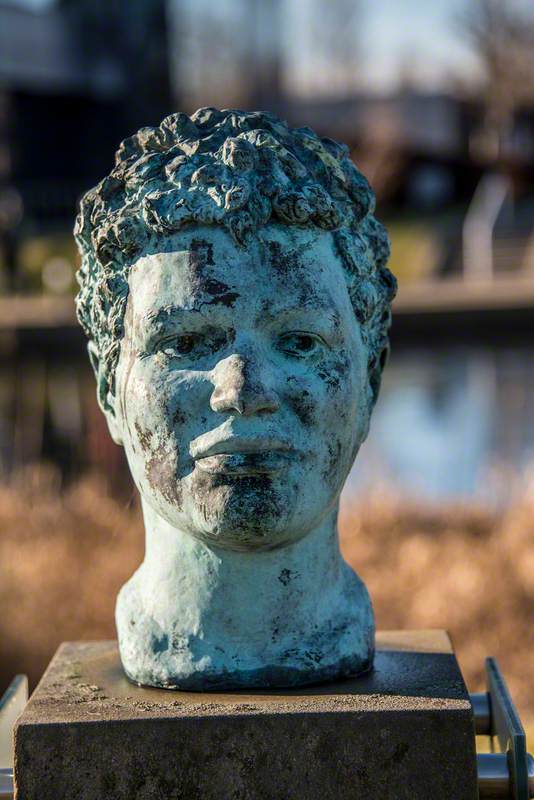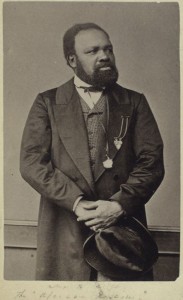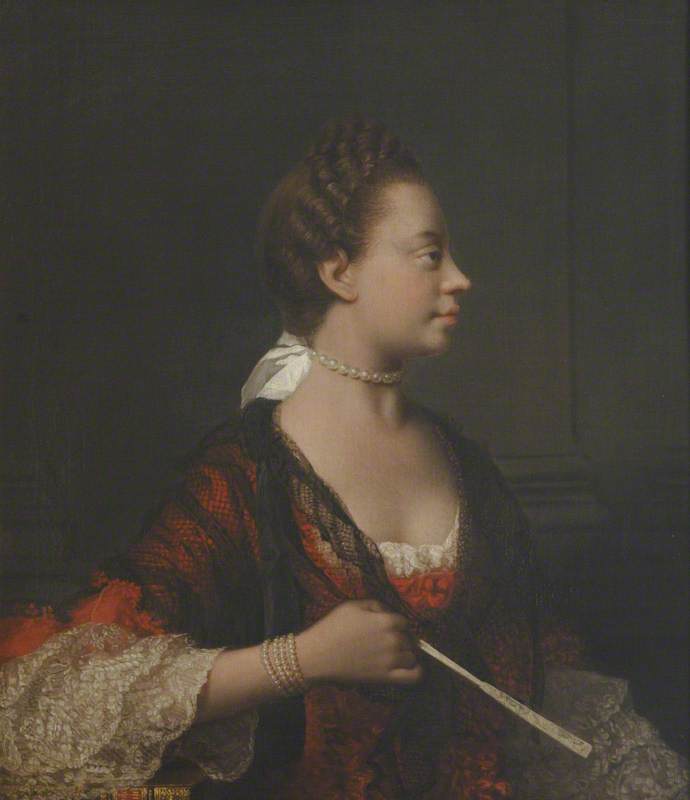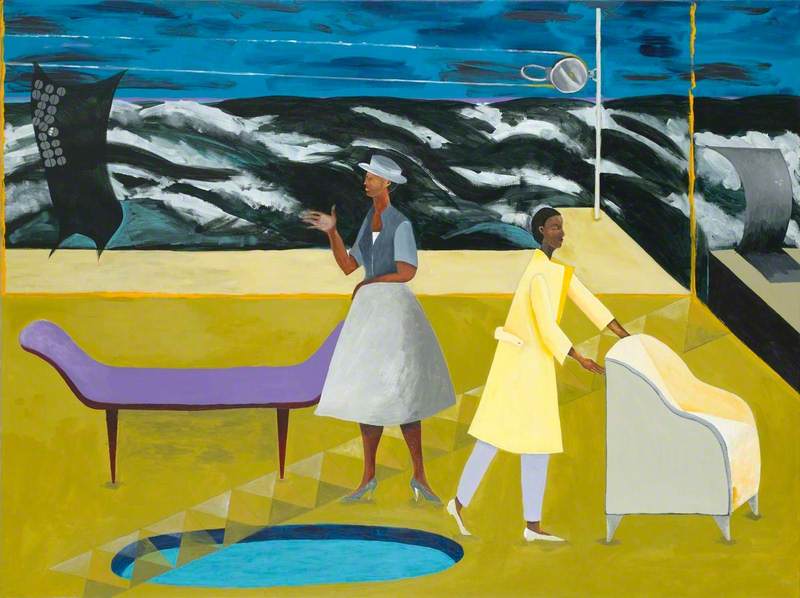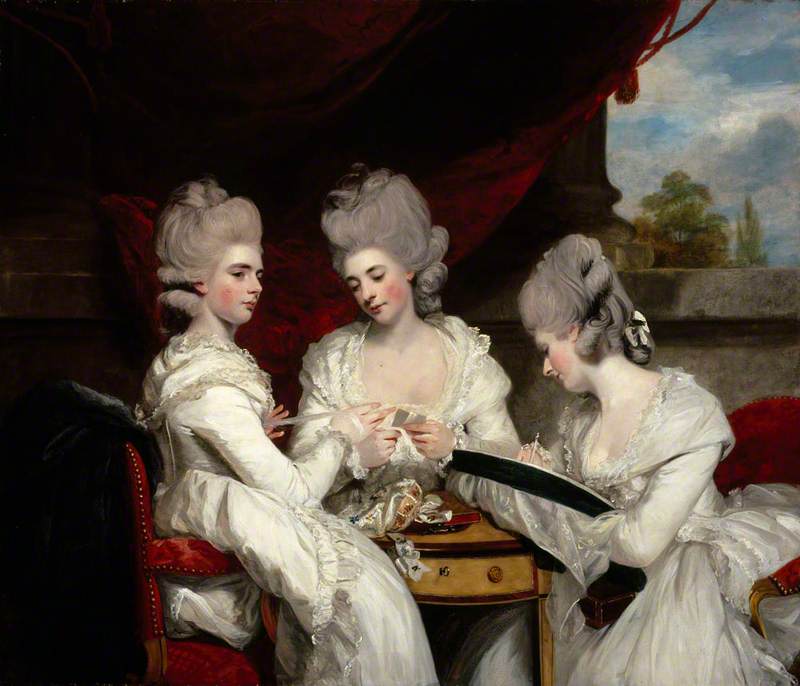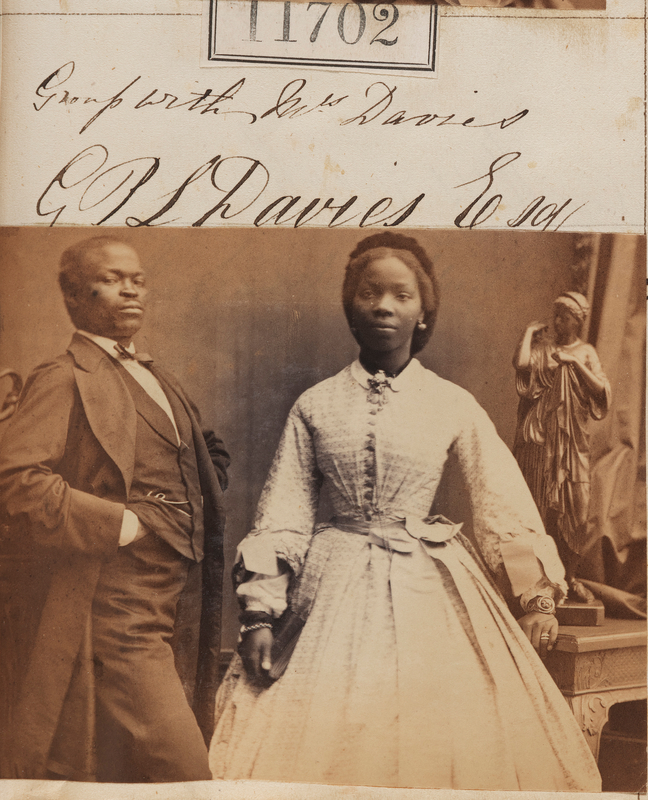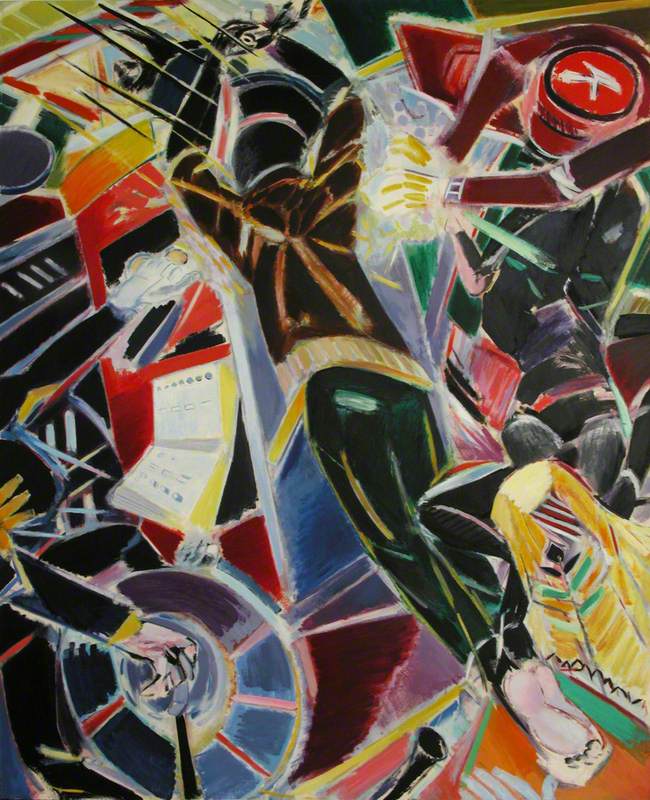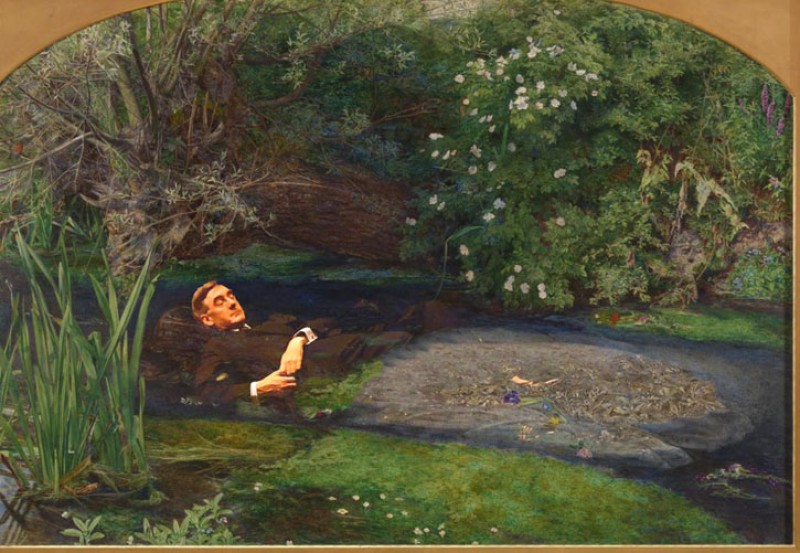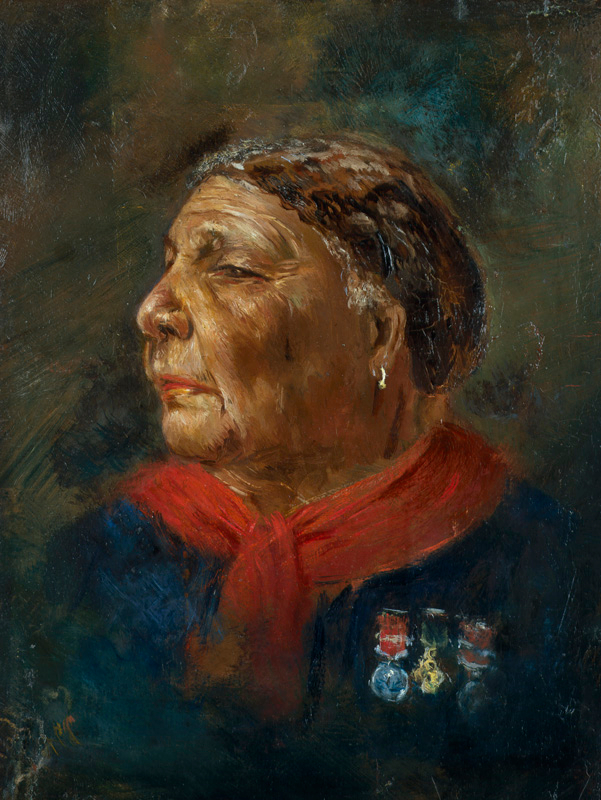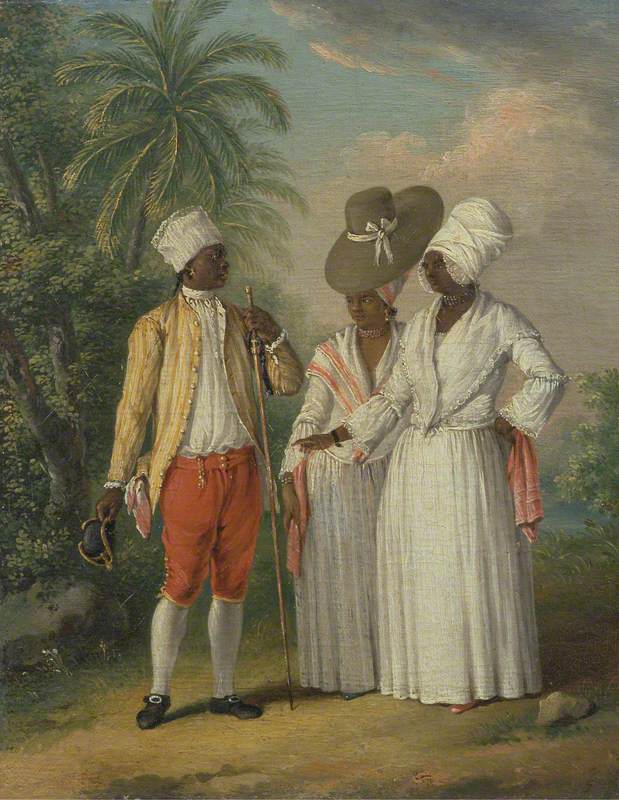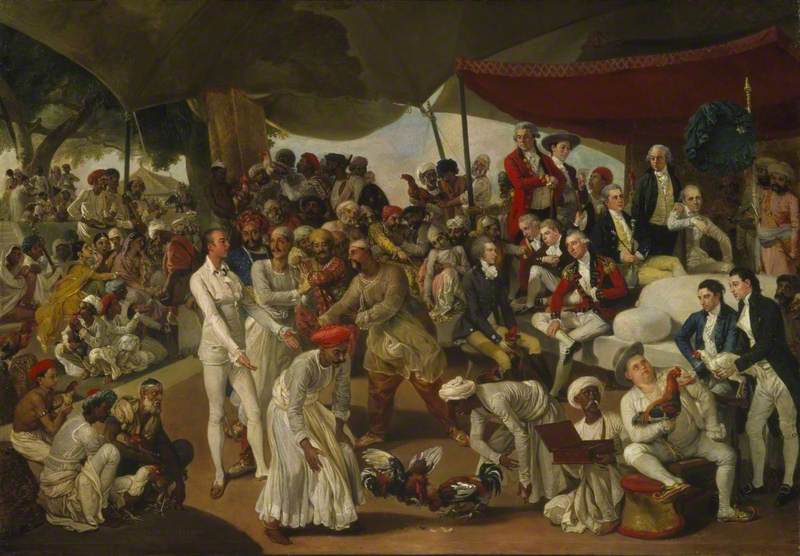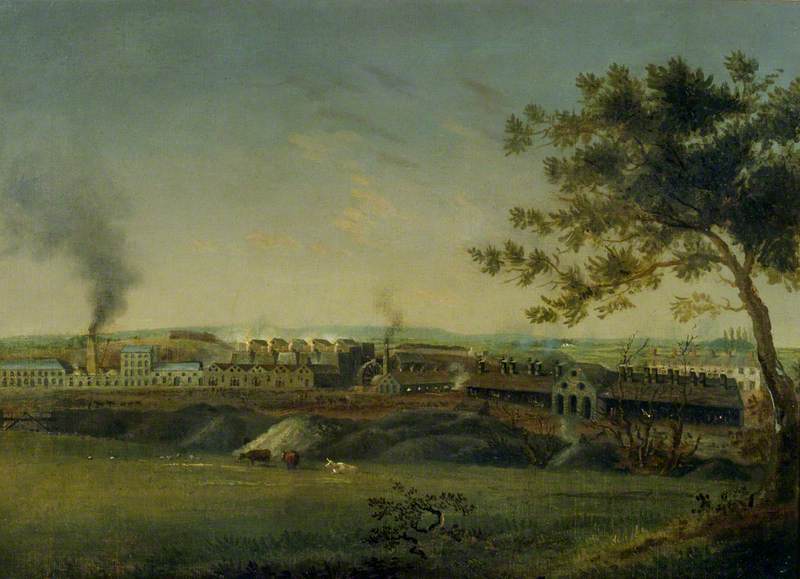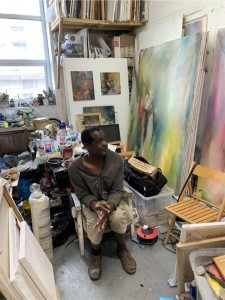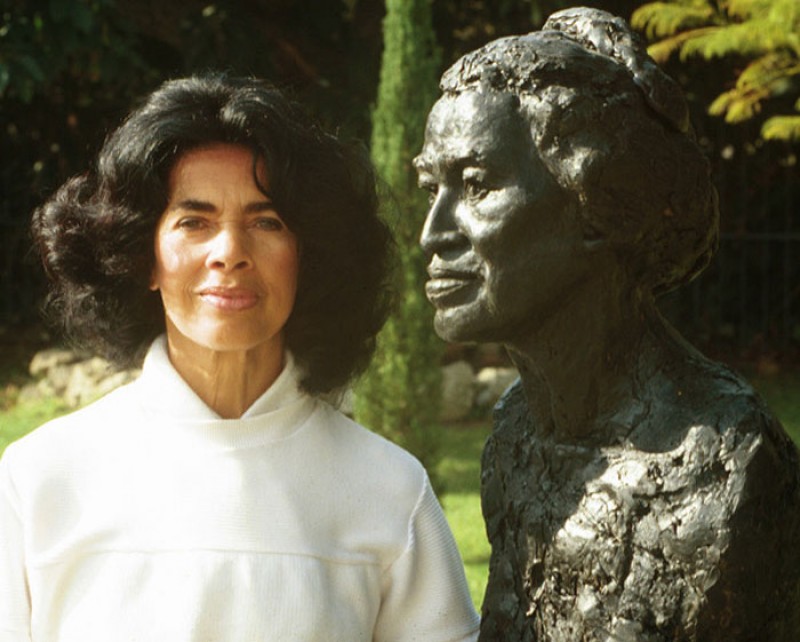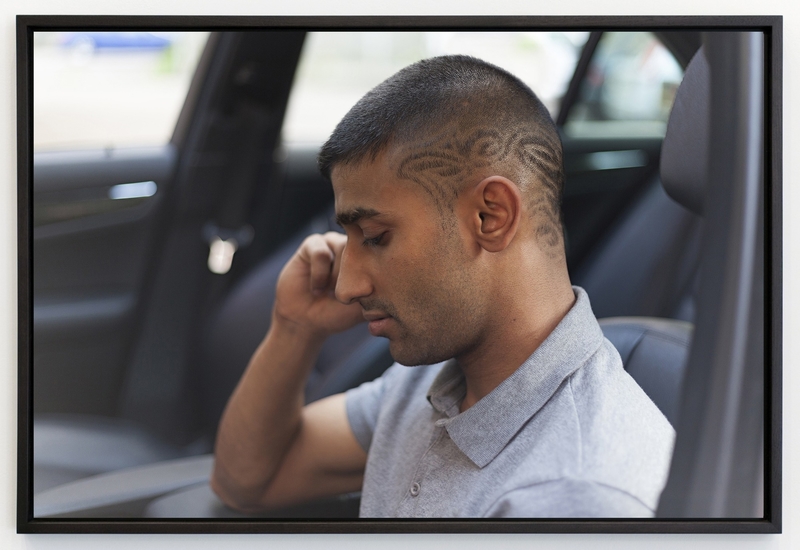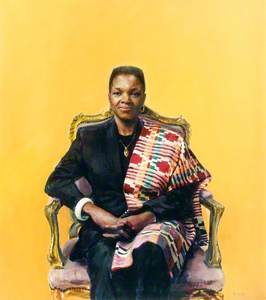The Parliamentary Art Collection consists of over 600 paintings, mainly of prominent British politicians from the eighteenth to the twenty-first centuries. The collection highlights not only politicians but the history of British politics, key events and the Parliamentary buildings themselves, ensuring the legacy of Parliament will be remembered for centuries to come by new audiences. Jointly owned by the House of Commons and House of Lords, the collection's paintings are displayed throughout Parliament, with some available to view by the public.
Artists are frequently commissioned to produce new bodies of work to be exhibited: most recently, Parliament has advertised for an Artist-in-Residence to explore the legacy of the Race Relations Act, ensuring BAME communities are celebrated across the UK. The commission also seeks to address the lack of ethnic minorities depicted in Parliamentary artworks.
For Black History Month, I decided to delve further into the collections to highlight contemporary oil portraits of key black parliamentarians, who over several decades have fought for racial equality and transformed the landscape of British history for centuries to come.
Paul Boateng
Born in Hackney to parents of Ghanaian and Scottish heritage, Boateng commenced his political career as a Member of Parliament in 1987, representing the multicultural and diverse constituency of Brent South in London. His election was seen to be historic, as one of the first three black Members of Parliament in Britain, alongside Diane Abbott and Bernie Grant. Boateng is noted for his activism and was a fierce opponent of apartheid in South Africa, commenting during his first election speech that 'We can never be free in Brent until South Africa is free too'. His career has spanned decades and has been marked by many first time events in British politics: he became the UK's first black ambassador when selected as High Commissioner for South Africa in 2005, and the first black cabinet minister in 2002.
This portrait was commissioned by Parliament to commemorate Boateng's historic inclusion in the cabinet. Yeo's portrait shows Boateng in control and also at ease, with the painting highlighting his face and two hands clasped together. At first glance, the painting might look unfinished: this is because both the artist and sitter could not decide what should be worn for the portrait, and a decision was made to only show the outline of a shirt and jacket. Boateng now sits as a member of the House of Lords and is known by the title of Baron Boateng of Akyem and Wembley. Akyem is a reference to an ethnic group in Ghana.
Diane Abbott
Slade-trained artist Stuart Pearson Wright was commissioned by Parliament to paint a portrait of Diane Abbott in 2003–2004, to celebrate her presence in British politics as the first black woman Member of Parliament. Pearson Wright had previously been awarded the prestigious BP Portrait Prize. Abbott currently represents the constituency of Hackney North and Stoke Newington and has been a vocal opponent of racism in politics and further afield.
Abbott specifically asked for her portrait to only include her head and shoulders, with the hope that the portrait would be markedly different to the portraits of white male MPs in suits. The bright and vivid colours used such as the contemporary turquoise background are also vastly different to the style of neutral hues and tones used in other portraits in Parliament.
Upon its unveiling, the Chairman of the Speaker's Advisory Committee on Art commented, 'This will prove to be a historic portrait of a contemporary Member of Parliament'. Abbott is currently Shadow Home Secretary, and retained her seat in the most recent General Election with an increased majority of over 35,000 votes.
Baroness Valerie Amos
This oil painting portrait was listed as Art in Parliament's Artwork of the Month to celebrate Black History Month.
Painted in 2004 by self-taught artist Paul Benney, this portrait of Baroness Amos is visually striking to the viewer due to the use of colour, with hues of yellow taking up the majority of the painting as the background. Amos is seated on an ornate chair with hands clasped on her leg, wearing a black suit and most strikingly, what might be cloth decorated with African-inspired print, similar to Ghana's kente cloth. It is worn in the same manner as kente cloth too: draped over the shoulder. The colours of the cloth are red, gold and green, which are colours traditionally associated with African independence movements. This could be a nod to her background, as a woman of Afro-Caribbean heritage.
Baroness Amos was awarded a peerage in 1997 and appointed as the Leader of the House of Lords in 2003. Her political career has also included appointments as the High Commissioner to Australia in 2009, and Secretary of State for International Development in 2003, becoming the first black woman cabinet minister. Later roles included stints at the United Nations working for Humanitarian Affairs and Emergency Relief. Most recently, she became the first black woman to lead a university in the UK by becoming director of the School of Oriental and African Studies (SOAS), University of London in 2015.
Palace of Westminster from Old Palace Yard
1990
Julian Barrow (1939–2013) 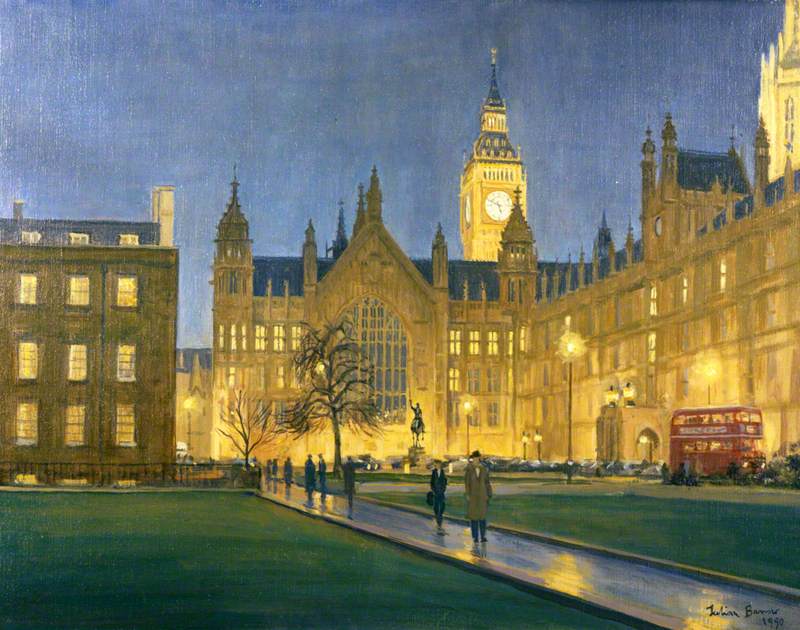
The election of Boateng and Abbott as Members of Parliament and the elevation to the peerage of Baroness Amos were heralded as a new age for the United Kingdom in representing the multicultural society we know today. Their presence serves as a key reminder to celebrate the legacy of black history and has enabled many others to join them.
Vanessa Peterson, freelance writer
